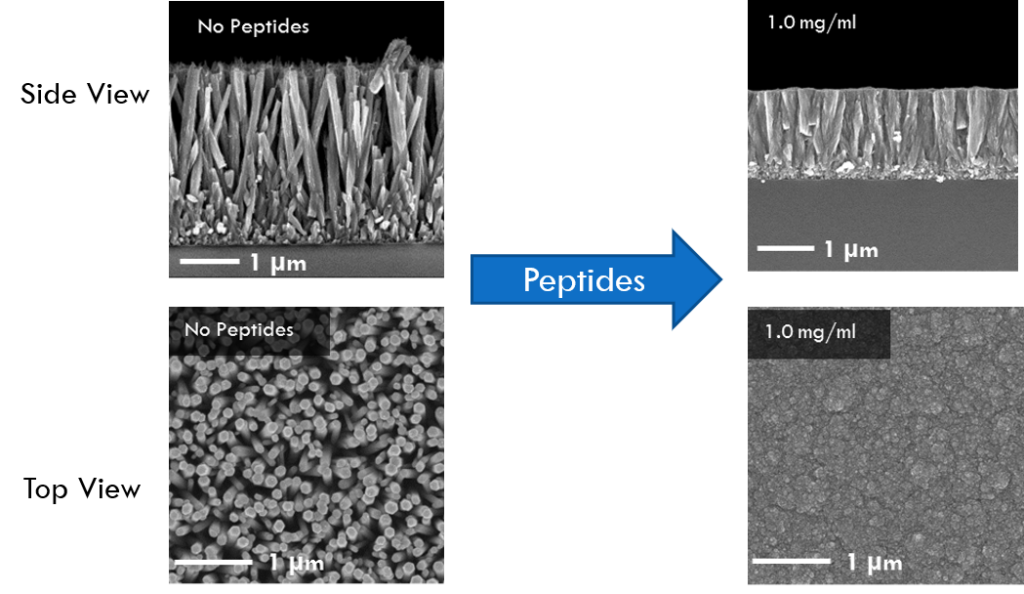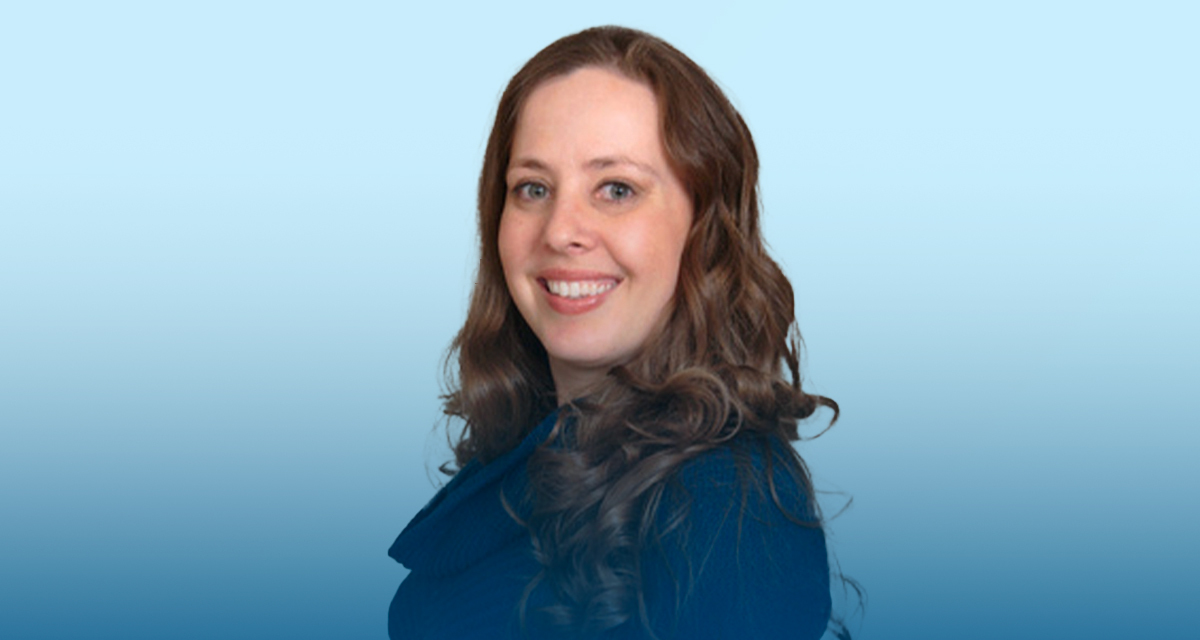Mimicking Nature: Dr. Kristen Siaw’s Innovative Sabbatical Research
Have you ever wondered how your raincoat repels water? Or how solar panels turn the sun’s rays into useable energy? The mechanisms in these examples actually mimic processes of nature, such as the lotus flower’s ability to naturally repel water on its petals and the way plants photosynthesize sunlight into food. This type of science, where technology mimics biology for the sake of improving human life, is called biomimetics.
Dr. Kristen Siaw, assistant professor of physics and chemistry, spent the last year on two different sabbaticals conducting research on Gordon’s campus and at Boston University (BU). Her work led to new discoveries in zinc oxide and microfluidics and new opportunities for Gordon students in science and research.
Replicating Nature-Inspired Designs

Siaw’s first sabbatical focused on making zinc oxide grow into crystals, not in their typical form, but as thin layers of film. Due to its light-absorption properties, zinc oxide is effective in sunscreen and solar panels. In nature crystals grow in preferred directions with flat edges and sides, but Siaw’s Ph.D. research showed that the right peptides from amino acids could force the crystals to grow horizontally instead. Films like this can be used for computer or phone screens.
“I love looking at creation, being inspired and exploring it in more detail and then getting the privilege of using that within the lab to make new materials that you couldn’t make otherwise,” said Siaw. “Biomimetics is all about using God’s creation to make materials to help people.”
Usually engineering zinc oxide thin film growth requires high temperatures and expensive equipment, but Siaw wanted to see if her three student assistants could accomplish it with fewer resources by using mild conditions like those found in nature. The first part of the research was finding natural blockers that would make the zinc oxide crystals grow flat.
Siaw’s biochemistry students decided to identify small molecules that could act as potential blockers for crystal growth using bacteriological phages. They got a trillion different E. coli phages from New England Biolabs, with every possible 12-amino acid expression to test. They threw these phages onto zinc oxide powder to see which would stick and possibly act as a barrier for crystal growth.
Though they hit a few snags in the beginning because the powder kept killing the bacteria before they could finalize the studies, the students narrowed the trillion phages down to four. They used these as blockers for the second stage of the research: growing the films. The students created a seed layer of zinc oxide particles with specific sites for the crystals to nucleate. Then they added a water-based solution with the peptides that prevented the crystals from growing up. With nowhere else to go, the crystals made a flat, lateral structure instead. After several tries the team was able to make transparent, thin films out of inorganic peptide material.
Designing Microfluidics Devices
Siaw’s second sabbatical was part of a Scholarship and Christianity in Oxford (SCIO) grant Gordon received several years ago that connects Gordon faculty members with a tier-one research institution. Under this grant, Siaw worked with Dr. Kamil Ekinci, leading researcher at the Ekinci Group at BU, whose research focuses on physical and biological phenomena at the nanoscale to use for biotechnology. She will also get the chance to continue working with him under a new NSF grant she will co-lead with Dr. Oleksiy Svitelskiy (physics).
This research looks at microfluidic systems, which is the manipulation of small amounts of fluids in structures that are only one micrometer in measurement—or smaller. Siaw and Ekinci worked together to research different designs for microfluidic devices that have biofilms in them—colonies of bacteria cells that often appear in damp places and colonize, growing bigger quickly. There is still much untapped research on biofilms, especially how they communicate with each other.
Ekinci had performed similar research with single cells, and the next step is to look at many, many more. To perform this research the team had to 3D print channels that could fit the colonies. These extremely small holders, barely visible to the naked eye, allowed Siaw and Ekinci to probe the bacteria cells on one side and monitor the electrical responses they sent out throughout the whole biofilm colony.
This research is still in its early stages, and it could yield incredible results for drug testing and health assessments. “The Ekinci research group previously found that you could actually detect the health of a cell by looking at the electrical signals it’s giving off, and so we can do rapid drug screening. Researchers could have these cells going through an injected drug, and you could actually see if the cell is alive or dead quickly within this microfluidic channel,” said Siaw.
Opening New Doors at Gordon
In addition to her research, Siaw also pioneered a STEM Day last semester in partnership with Dr. Erica Oldaker (mathematics) and Carmen Queen of the Community Engagement Office. Seventy elementary school students came to Gordon to do experiments with faculty members. Siaw is also working on a summer initiative for next year where students can come and spend a week with Gordon faculty as part of science outreach.
Siaw’s sabbatical yielded many results, not just for her but also for the students who worked with her. Several assisted with the 3D printing for the biofilm channels, and more will continue to have research opportunities as her NSF grant gets underway this fall.
“One of our students got a job offer for a summer internship at a national lab because somebody saw his poster on his research,” Siaw added. “It’s one of the best ways for students to prepare for grad school. It’s very unusual to be able to do research as an undergraduate student, so grad schools generally look very favorably on a student who’s done independent research. It’s an honor to be able to provide students opportunities like this, to combine their love for God and for science and turn it into a career.”
 The Bell
The Bell